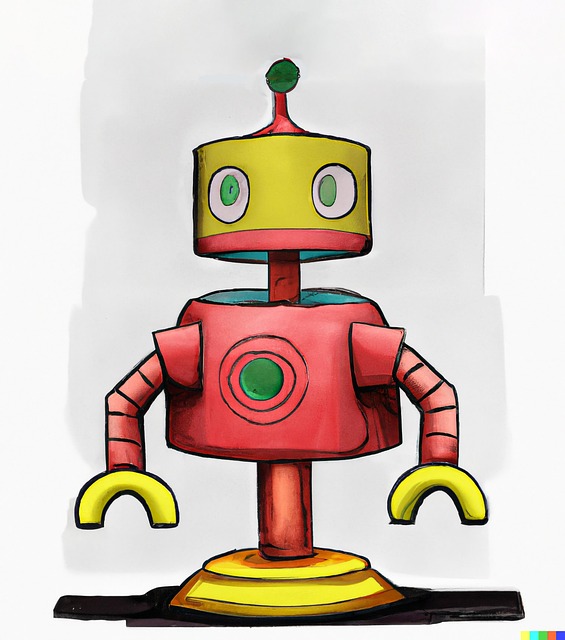OCheatsbots, powered by AI and NLP, revolutionize customer service with 24/7 support and personalization. They enhance efficiency, streamline operations, and offer diverse applications from content creation to healthcare triaging. While implementing OChatbots brings challenges like data quality, privacy, and bias, their potential for transforming daily life through accessibility, intuitiveness, and inclusivity is immense. Ethical considerations, including user privacy, transparency, and responsible AI usage, are crucial for their effective and ethical deployment in various sectors.
“Discover the revolutionary power of generative AI chatbots, a game-changing technology transforming digital interactions. This article explores the intricate world of these intelligent assistants, from their underlying chatbot technology and communication capabilities to their benefits and challenges. We delve into the ethical implications and potential future innovations, offering insights into how oChatbots are shaping our world. By understanding their unlockable potential, we can navigate the possibilities and prepare for an AI-driven future.”
- Understanding oChatbot Technology: Unlocking Potential
- How Generative AI Chatbots Transform Communication
- Advantages and Challenges in oChatbot Implementation
- Ethical Considerations in AI-Powered Conversations
- Future of oChatbots: Innovations and Applications
Understanding oChatbot Technology: Unlocking Potential
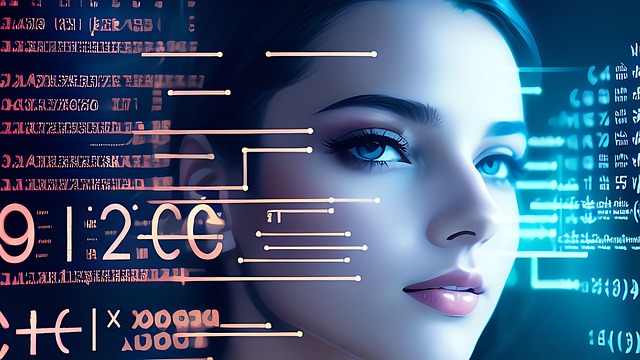
Understanding oChatbot technology is the key to unlocking its immense potential. These advanced AI chatbots are designed to engage in natural language conversations, providing accurate and context-relevant responses. By leveraging machine learning algorithms and vast datasets, they continuously learn and evolve, becoming more adept at understanding user queries and delivering tailored solutions.
The true power of oChatbots lies in their versatility. They can be integrated into various applications, from customer service and support to content creation and personal assistants. With their ability to process vast amounts of information quickly, these chatbots enhance efficiency, streamline operations, and offer 24/7 availability, revolutionizing the way we interact with technology in today’s digital era.
How Generative AI Chatbots Transform Communication
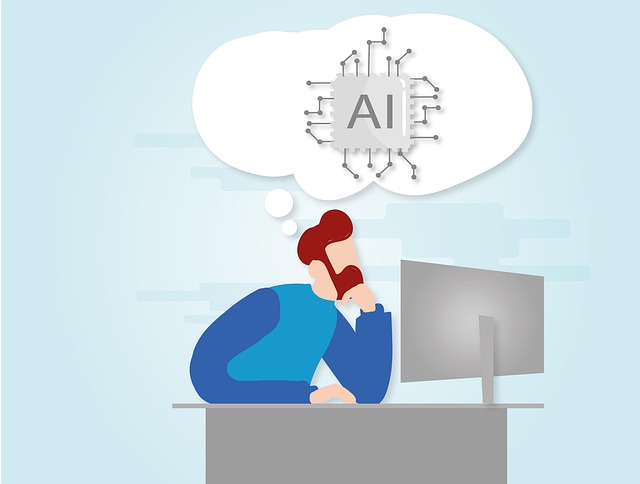
Generative AI chatbots are revolutionizing the way we communicate, offering a dynamic and personalized experience that traditional chatbots cannot match. By leveraging advanced natural language processing (NLP) and machine learning algorithms, these innovative tools can understand and generate human-like text, making interactions feel more natural and engaging. This transformation is particularly evident in customer service, where AI chatbots are handling complex inquiries, providing instant support, and freeing up human agents to focus on more nuanced tasks.
The impact extends beyond customer engagement. Generative AI chatbots enhance collaboration by facilitating seamless communication between team members, especially in diverse and global work environments. They can also act as virtual assistants, helping professionals manage schedules, organize meetings, and even draft documents, thereby increasing productivity and efficiency. This new era of communication, powered by ochatbots, promises to make interactions more accessible, intuitive, and inclusive for everyone.
Advantages and Challenges in oChatbot Implementation
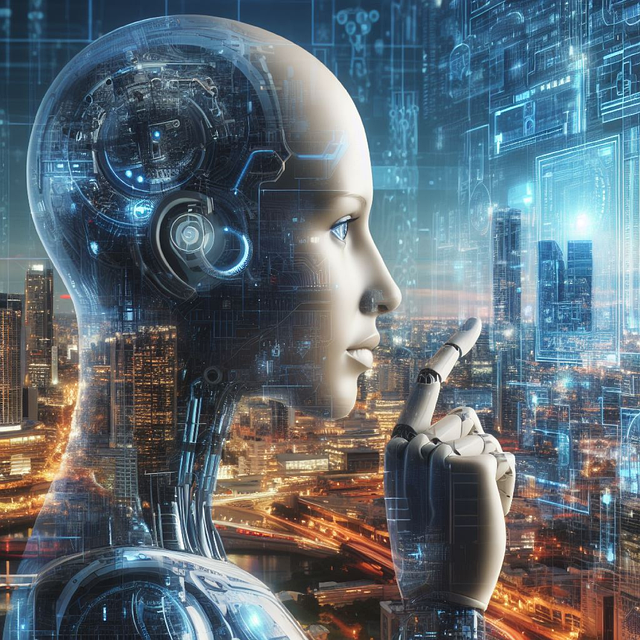
Implementing an oChatbot offers a myriad of advantages. Firstly, it enhances customer service by providing 24/7 support and improving user experiences with quick, efficient responses. These chatbots can handle a high volume of inquiries simultaneously, reducing wait times and workload for human agents. Additionally, they offer cost-effectiveness as businesses can optimize their operations and resources. oChatbots can also collect valuable user data, enabling companies to gain insights into customer preferences and behaviors.
However, challenges exist in this implementation process. One significant hurdle is the requirement for vast amounts of quality data to train these models effectively. Data privacy and security are also critical considerations, especially with sensitive user information. Moreover, maintaining bias-free responses can be difficult as oChatbots reflect the data they are trained on. Human oversight is crucial to ensure ethical and accurate interactions, addressing potential issues like misinformation dissemination or inappropriate replies.
Ethical Considerations in AI-Powered Conversations
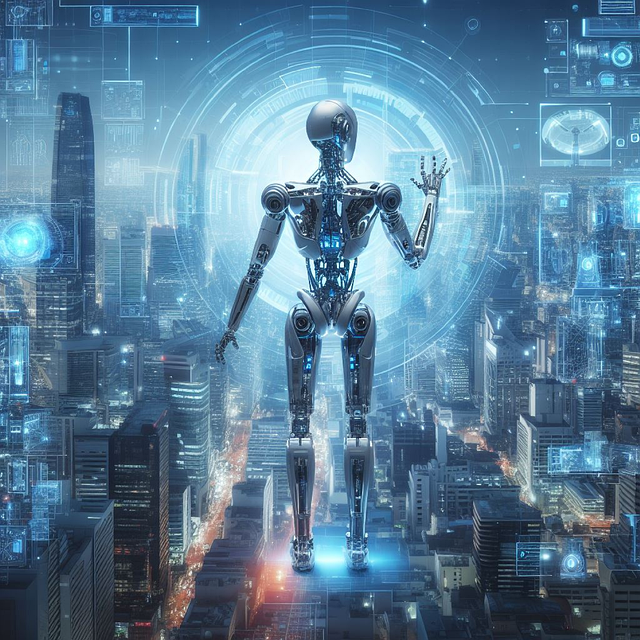
As ochatbots become increasingly integrated into our daily lives, ethical considerations in AI-powered conversations are more important than ever. These sophisticated tools, designed to simulate human interaction, raise complex questions about privacy, data security, and potential biases inherent in their training data. Developers must ensure that user information remains confidential and is used responsibly, adhering to strict data protection regulations. Additionally, the risk of misinformation or biased responses needs careful scrutiny; ochatbots should be programmed to provide accurate, unbiased information, especially when dealing with sensitive topics.
Transparency is another key aspect; users should be clearly informed when interacting with an AI chatbot to avoid misunderstandings. Ethical guidelines for conversational AI must also address the potential impact on employment and social dynamics. As these chatbots automate certain tasks, there’s a need to ensure fair treatment of human workers and mitigate negative societal effects. Moreover, developers have a responsibility to create inclusive ochatbots that respect cultural diversity and cater to a wide range of user needs.
Future of oChatbots: Innovations and Applications
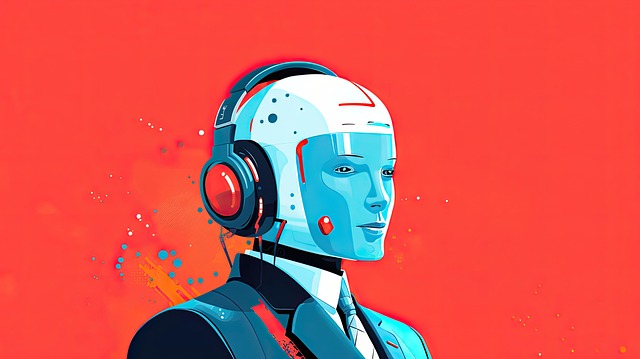
The future of oChatbots is brimming with innovative potential, promising to transform various sectors and enhance our daily interactions with technology. As AI continues to evolve, chatbots will become even more sophisticated, leveraging advanced natural language processing (NLP) techniques to understand and respond to human queries with remarkable accuracy. Expect improved context awareness, allowing chatbots to maintain seamless conversations over extended periods.
Beyond traditional customer service, oChatbots are poised to revolutionize fields like healthcare, education, and creative industries. In healthcare, they can assist in initial patient triaging, provide personalized treatment recommendations, and offer mental health support. Education can benefit from interactive learning companions, while content creation, art, and music production may see collaboration with AI chatbots, sparking new artistic possibilities. These applications highlight the versatility of oChatbots and their potential to enrich our lives in profound ways.
Generative AI chatbots, like oChatbots, are rapidly reshaping communication dynamics across various sectors. By understanding their technology, leveraging their advantages, addressing implementation challenges, and navigating ethical considerations, businesses can harness the transformative power of these tools. Looking ahead, the future of oChatbots promises innovative applications that will further enhance our interactions with technology, ensuring a more efficient, personalized, and responsible digital landscape.
